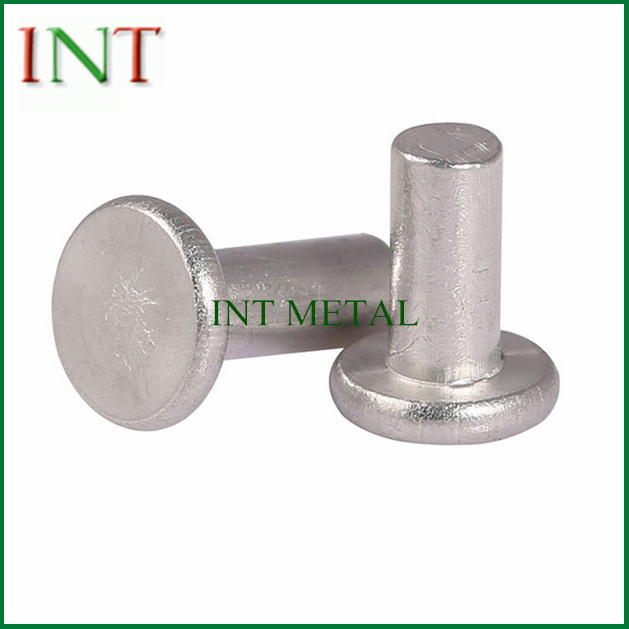Navigating Affordability: The Cost Dynamics of Aluminum Rivets in Fastening Solutions
2023-11-30
Introduction:
In the world of fastening solutions, the balance between performance and cost is a crucial consideration for engineers and manufacturers. Aluminum rivets, known for their versatility and reliability, occupy a unique space in this landscape. This blog delves into the cost dynamics of aluminum rivets, comparing their affordability to alternative materials and exploring the cost-effective options available for various applications.
1. Raw Material Cost:
One of the fundamental factors influencing the cost of aluminum rivets is the raw material itself. Aluminum, derived abundantly from bauxite ore, is relatively cost-effective compared to some alternative materials like stainless steel or titanium. The availability of the raw material contributes to the overall affordability of aluminum rivets.
2. Manufacturing Processes:
The manufacturing processes involved in producing aluminum rivets also impact their cost. Aluminum's malleability and ease of fabrication contribute to cost-effective manufacturing, especially when compared to more complex processes required for certain alternative materials. The simplicity of forming and shaping aluminum rivets aids in keeping production costs reasonable.
3. Versatility in Alloys:
The versatility of aluminum alloys provides engineers with a spectrum of options to choose from based on project requirements. While some high-performance alloys may be more expensive, there are cost-effective options available that still offer a balance between strength, corrosion resistance, and other essential properties.
4. Installation Efficiency:
The ease of installation is another factor contributing to the overall cost-effectiveness of aluminum rivets. Their simplicity in installation, especially with the use of pneumatic or hydraulic riveting tools, reduces labor costs and enhances efficiency. Faster installation times can result in cost savings, particularly in large-scale projects.
5. Corrosion Resistance for Longevity:
The corrosion resistance of aluminum rivets contributes to their longevity, reducing the need for frequent replacements or maintenance. In applications where corrosion is a significant concern, the durability of aluminum rivets can translate into long-term cost savings.
6. Comparative Costs with Alternative Materials:
When compared to alternative materials such as stainless steel or titanium, aluminum rivets often present a more cost-effective solution. While certain applications may necessitate the unique properties of these alternative materials, aluminum remains a competitive choice in terms of both performance and cost across a wide range of projects.
7. Specialized Coatings for Added Protection:
Aluminum rivets can be coated with specialized materials to enhance their corrosion resistance further. While the addition of coatings may incur some additional cost, it is a cost-effective measure to extend the lifespan of the rivets, especially in challenging environments.
8. Recyclability and Sustainability:
The recyclability of aluminum is a noteworthy factor in the overall cost picture. Being highly recyclable, aluminum supports sustainable practices and can contribute to a closed-loop supply chain, potentially reducing costs associated with raw material extraction.
Conclusion:
In the realm of fastening solutions, the cost-effectiveness of aluminum rivets shines through a combination of factors, including raw material costs, manufacturing processes, and installation efficiency. While certain applications may require the unique properties of alternative materials, aluminum rivets offer a compelling balance of affordability and reliability. As industries continue to seek cost-effective solutions without compromising performance, aluminum rivets stand as stalwart contributors to the efficiency, longevity, and success of diverse engineering projects.



